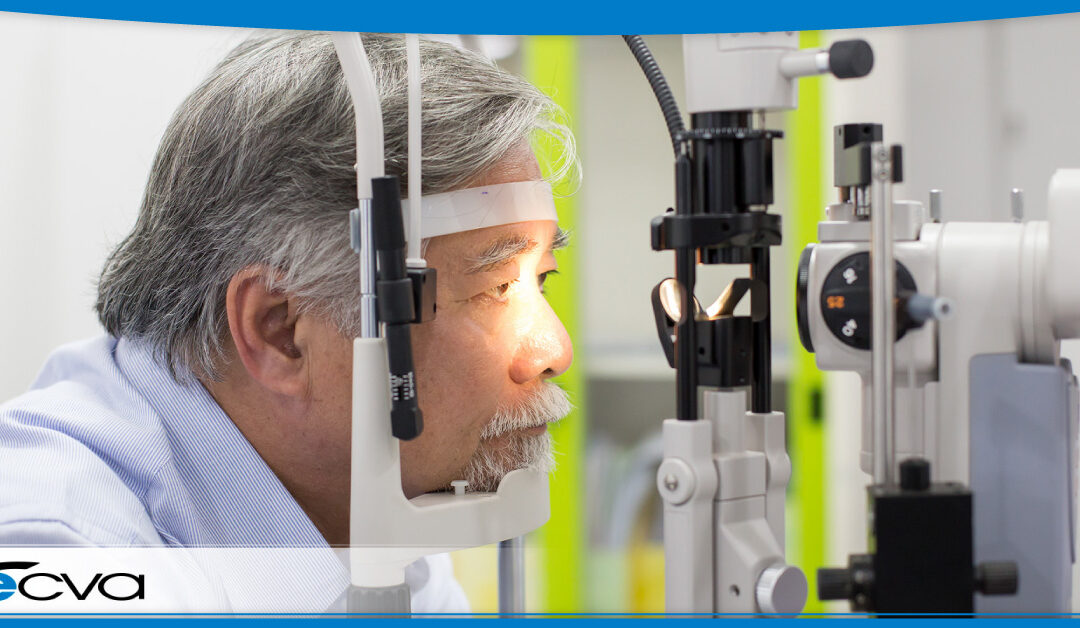Amblyopia, which is also colloquially referred to as lazy eye, is a condition that can impact people of all ages. While it’s more common in children, adults can develop it later in life for various reasons. Additionally, some people may have had lazy eye for most of their lives but weren’t in a position to receive treatment until they reached adulthood.
Fortunately, there are effective amblyopia treatment options that work well in adults. Here’s a quick overview of what lazy eye involves, as well as an overview of how amblyopia in adults is typically treated.
What Is Amblyopia?
Amblyopia is an eye condition primarily characterized by poor eye teaming, meaning a person’s eyes aren’t working well together and won’t always point in the same direction. When the eyes are misaligned with one another, one or both eyes may struggle to see clearly.
However, lazy eye isn’t solely characterized by a physical misalignment. Instead, the condition can cause vision loss due to the brain not fully acknowledging visual stimuli from both eyes. Essentially, it favors visual information from one eye over the other, causing it to functionally ignore stimuli that are primarily received through the weaker eye.
Since how the brain processes visual information may be limited in individuals with amblyopia, glasses or other corrective lenses aren’t always sufficient to ensure good vision. Instead, other treatment approaches may be necessary.
How Lazy Eye Is Treated in Adults
Since amblyopia involves the brain not properly processing visual stimuli, treatment beyond corrective lenses is often necessary. Even in adults, it’s possible to functionally retrain the brain to interpret the visual signals correctly, leading to improved visual acuity. Additionally, physical alignment issues are often correctable, including in adults. Again, that allows treatment to improve a patient’s vision.
In many cases, vision therapy is beneficial for treating amblyopia. Typically, it involves a series of activities or exercises designed to develop a person’s eye teaming or binocular vision.
For some, eye patching is a potential course of action. By fogging or blocking the favored eye, it’s possible to force the weaker eye to carry more visual load, effectively teaching the brain to rely on it more for vision.
Getting the Amblyopia Treatment You Need
While there is plenty of information online that discusses patching techniques or exercises to correct lazy eye, relying on them is risky. Every patient’s condition is unique, and an approach that works well for some may cause harm to others.
As a result, the best strategy is to work with your eye care provider to determine which treatment options are best for your amblyopia. Your eye care provider can select exercises or patching approaches that specifically address your unique situation, leading to better results while reducing risk dramatically.
Find an Ophthalmologist in WNY
At ECVA, safeguarding the well-being of your eyes is our unwavering commitment. If you’re navigating the challenges of amblyopia or if it’s been a while since your last eye checkup, our dedicated team is ready to guide you on the path to optimal eye health. Don’t let uncertainty linger – take charge and schedule an appointment at your nearest ECVA clinic today. Your vision deserves the best care, right here in Buffalo.

